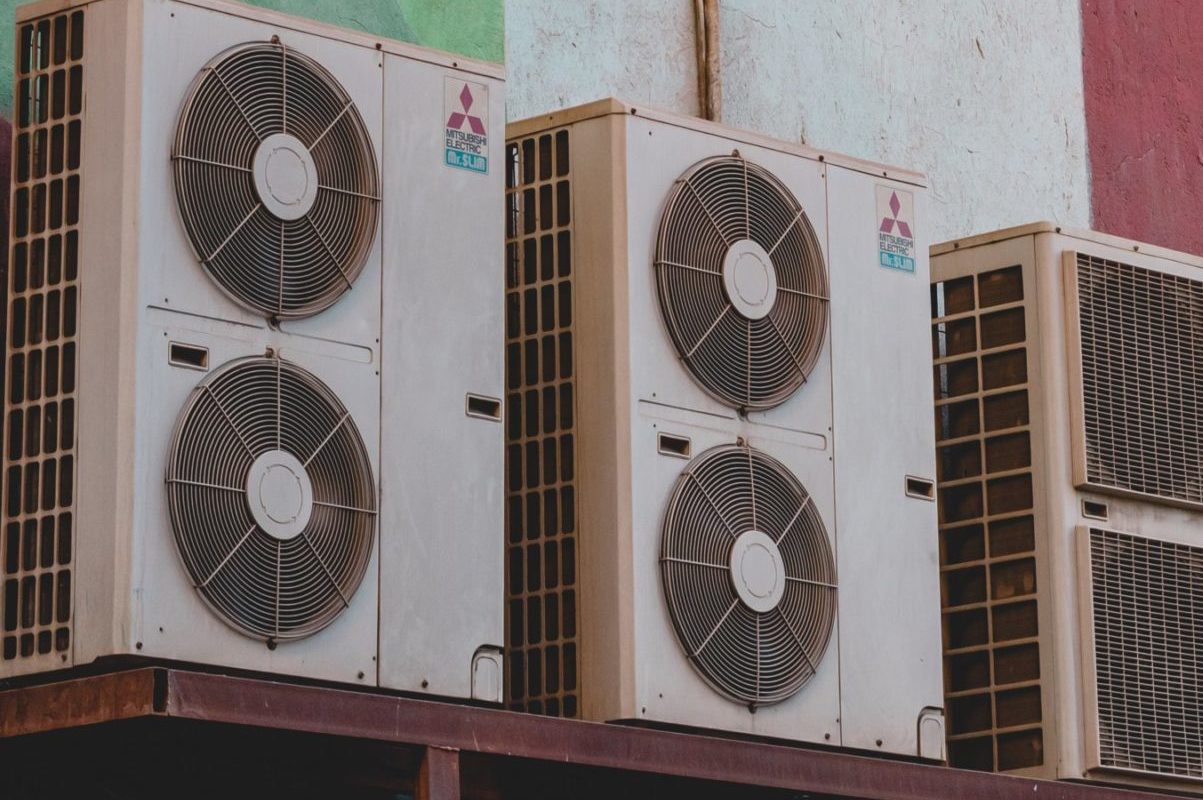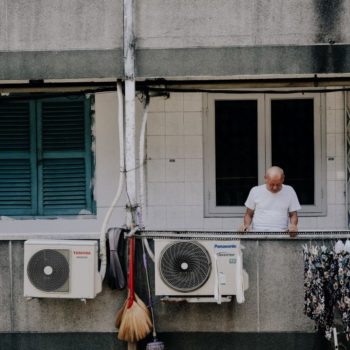Cooling is critical for the quality of life of billions of people. Sustainable cooling offers a clear opportunity for Multilateral Development Banks to meet their mandates, contributing to energy efficiency, environmental integrity, poverty reduction, enterprise development, health, wellbeing, and food security.
The second Finance in Common (FiC) summit takes place this week. It offers a space for Public Development Banks (PDBs) to reinforce their commitments in support of climate and sustainable development. This year, the summit focusses on the contribution of PDBs to transforming agriculture and agribusiness for food security, adaptation to climate change, and biodiversity preservation. Most important to this discussion is the role of PDBs in supporting countries in the rapid transition to sustainable cold chains.
Fortunately, development banks are already thinking about this issue. In June 2021, E3G and the Cool Coalition have co-convened a series of Informal Dialogues among Multilateral Development Bank (MDB) stakeholders on sustainable cooling. One objective is to establish a venue for the exchange of ideas among champions within MDBs on the integration of sustainable cooling across their portfolios. Representatives from the World Bank Group (WBG), Inter-American Development Bank (IDB), Asian Development Bank (ADB), African Development Bank (AfDB), European Bank for Reconstruction and Development (EBRD), and the European Investment Bank (EIB) engaged in the Dialogues. They identified barriers to mainstreaming sustainable cooling, successes within their ranks, and laid the groundwork for future investments.
Additionally, through the Dialogues, the champions identified that sustainable cooling offers a clear opportunity for banks to meet their mandates contributing to energy efficiency, environmental integrity, poverty reduction, enterprise development, health outcomes, and food security goals. With input from a range of experts in the field, champions explored key cooling topics and asked, ‘what can MDBs do?’. They found:
- National Cooling Action Plans (NCAPs) are a critical cross-governmental coordination mechanism. NCAPs establish cooling needs and outline government ambitions on cooling action, signalling industry to develop aligned technology and strategies. MDBs are integral in facilitating the design, development, and implementation of NCAPs.
- Cooling as a service (CaaS) can lead to a step-change in cooling provision. Servitisation business models enhance access to efficient, sustainable, reliable, and affordable cooling. Banks can work with technology providers, especially in developing economies, to shift focus away from selling equipment to selling CaaS. This can decrease upfront costs, improve maintenance, and reduce emissions..
- Updating requirements for public procurement of cold chain equipment can mainstream energy efficiency. Integrating environmental considerations in bank procurement policy can have a significant impact on efficiency outcomes. One example is the EBRD green technology selector which pre-approves technologies eligible for financing through local banks.
- The Paris Agreement’s Article 6 mechanism can be operationalised to support sustainable cooling. The AfDB’s Adaptation Benefit Mechanism mobilises new and additional public and private sector finance to enhance climate change adaptation action by creating a new asset in the form of certified adaptation benefits. This would de-risk private sector investment in cooling via adaptation and can lend well to cooling innovation.
- MEPS can raise the floor while labelling and a ladder approach can accelerate the market shift to high efficiency. MDBs can advance the implementation of projects with high standards and thereby push forward the market for high efficiency products. For example, The International Finance Corporation’s (IFC) TechEmerge is bringing sustainable innovation to cooling and delivering market conditions to accelerate the drive to sustainable and efficient cooling.
However, these champions are part of a larger ecosystem and need internal and external support to forward sustainable cooling action. Internally, senior management must recognise the importance of cooling to bank mandates. Furthermore, they must acknowledge the political attractiveness of supporting shareholders in meeting their growing cooling needs. Externally, demand for cooling investments must ring out clearly from shareholders as a priority in their development and climate targets.
On the technical side, champions also recognised the need for:
- a broad-based financial vehicle that can support finance and implementation of cooling activities as part of projects;
- understanding the types of financial models that can be developed around carbon markets but more generally around results-based finance in relation to cooling;
- jointly developing new business models to facilitate ex-ante innovative funding whilst bringing in supply side dimensions of manufacturers.
The recent announcement of the WBG Cooling Facility, which mobilising USD157 million in funding from the Green Climate Fund to support sustainable cooling solutions in nine countries, was a significant step forward. FiC, and MDB activity at COP26, offers a space to drive forward sustainable cooling for the benefit of all.



